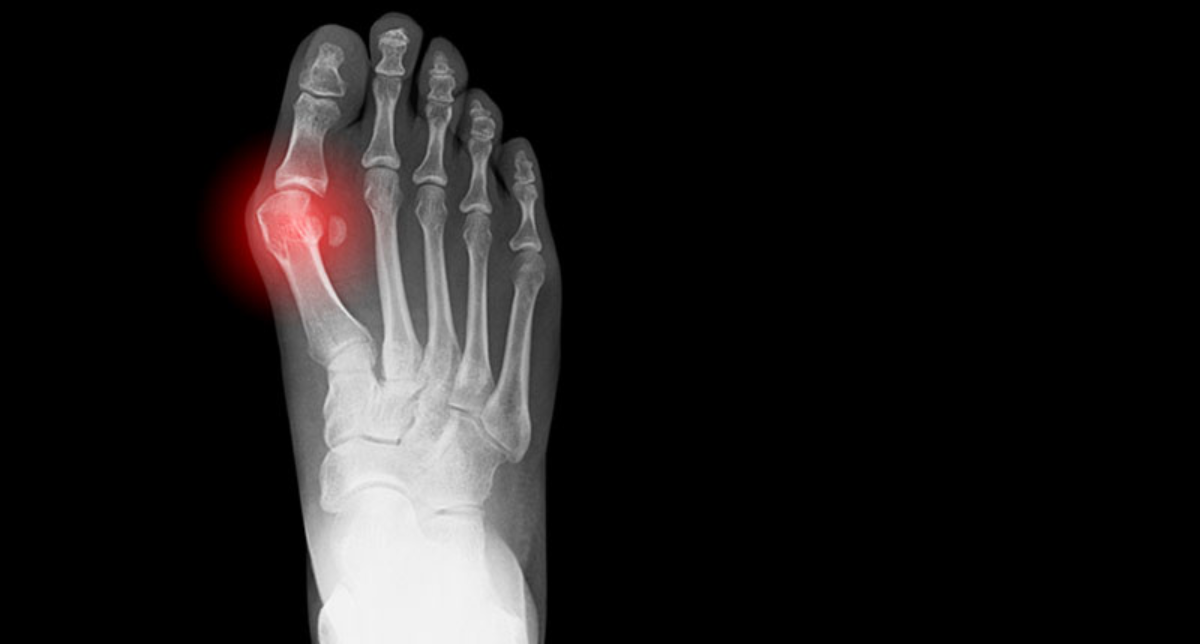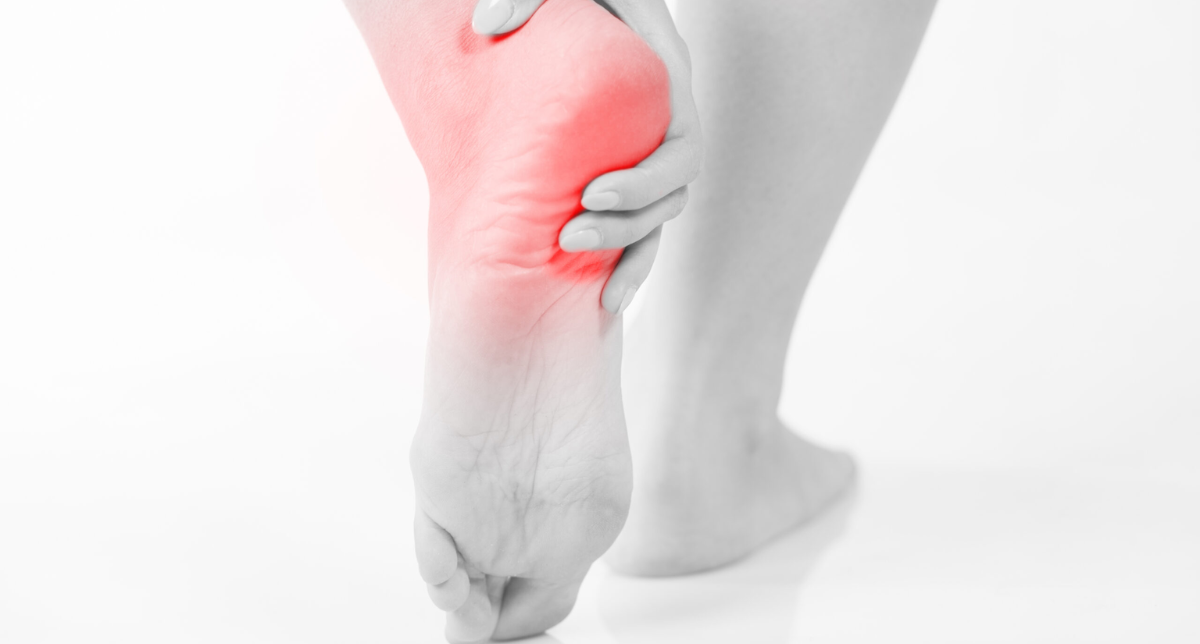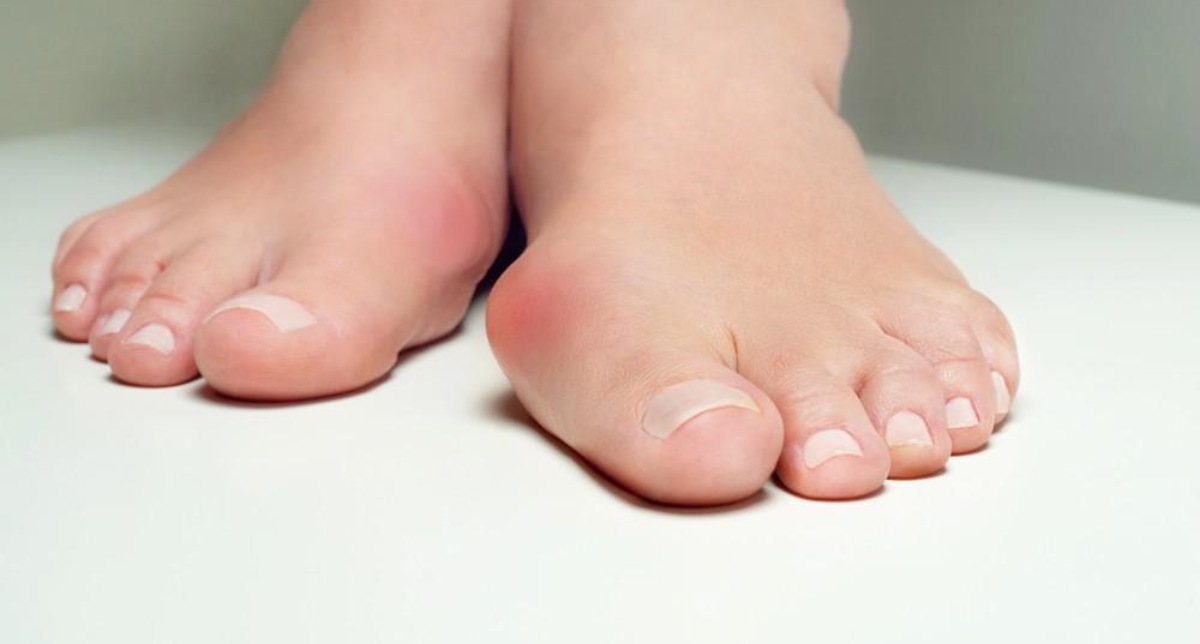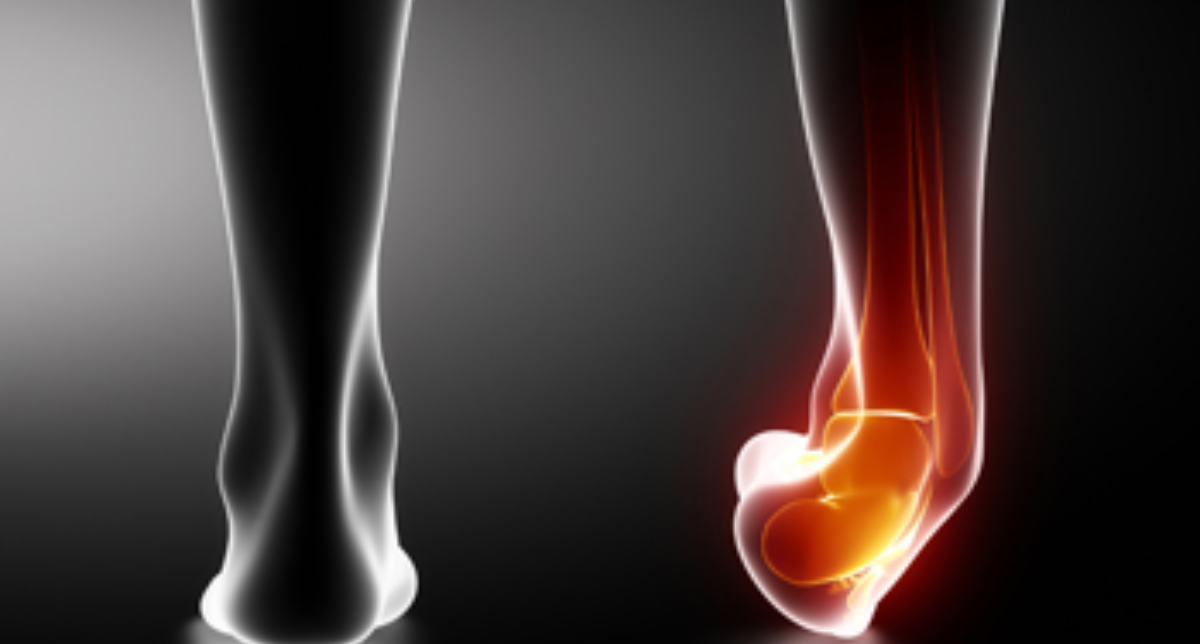

Top Treatment Strategies for Plantar Fasciitis & Achilles Tendonitis in Athletes
For athletes, nothing is more frustrating than being benched by pain. Whether you’re a runner, basketball player, or weekend warrior, heel and lower leg pain can interfere with your performance and your passion. Two of the most common causes? Plantar fasciitis and Achilles tendonitis.
These injuries often sneak up over time, making it difficult to pinpoint their cause—until every step becomes painful.
So how do athletes overcome these conditions and get back in the game?
In this blog, we explore the top treatment strategies for plantar fasciitis and Achilles tendonitis in athletes. From conservative care to cutting-edge therapies, we’ll guide you through the best ways to relieve pain, recover faster, and prevent recurrence.
Keep reading to learn how to treat and prevent these painful foot conditions—so you can keep doing what you love.
1. Understanding the Injuries: What Athletes Need to Know
Before diving into treatment, it’s important to know exactly what these conditions are and how they impact athletic performance
What is Plantar Fasciitis?
Plantar fasciitis is the inflammation of the plantar fascia—a thick band of tissue that runs along the bottom of your foot and connects your heel bone to your toes.
Common Causes in Athletes:
- High-impact sports (running, jumping)
- Improper footwear
- Overtraining
- Poor foot biomechanics
Symptoms:
- Sharp, stabbing heel pain—especially in the morning
- Pain after long periods of activity
- Tightness in the arch of the foot
What is Achilles Tendonitis?
Achilles tendonitis is inflammation of the Achilles tendon, which connects the calf muscles to the heel bone. It’s typically caused by overuse or a sudden increase in activity.
Common Causes in Athletes:
- Sudden increase in training intensity
- Inadequate stretching
- Running on hard or uneven surfaces
Symptoms:
- Aching or burning pain along the tendon (especially after exercise)
- Stiffness in the heel or lower leg
- Swelling or thickening of the tendon
Diagnosis
A podiatrist may perform:
- A physical exam (checking for pain, flexibility, gait abnormalities)
- Imaging (X-ray or ultrasound) to confirm the diagnosis
📌 Pro Tip: Early diagnosis is key to preventing long-term damage or tendon rupture.
What is Achilles Tendonitis?
Achilles tendonitis is inflammation of the Achilles tendon, which connects the calf muscles to the heel bone. It’s typically caused by overuse or a sudden increase in activity.
Common Causes in Athletes:
- Sudden increase in training intensity
- Inadequate stretching
- Running on hard or uneven surfaces
2. Best Treatment Strategies for Active Lifestyles
Fortunately, most cases of plantar fasciitis and Achilles tendonitis can be treated non-surgically—especially when caught early. Here are the most effective approaches.
1. Rest & Activity Modification
- Reduce high-impact activities temporarily
- Cross-train with low-impact exercises like swimming or cycling
- Avoid walking barefoot or on hard surfaces
2. Ice & Anti-Inflammatory Care
- Apply ice packs to the heel or tendon for 15–20 minutes after activity
- Use NSAIDs like ibuprofen to reduce inflammation (under a doctor’s guidance)
3. Stretching & Strengthening
- Daily calf and foot stretches reduce tension on the plantar fascia and Achilles
- Strengthen foot and ankle muscles to improve stability
Try this:
- Calf stretch against wall
- Plantar fascia roll using a frozen water bottle
- Toe towel curls to build arch strength
4. Custom Orthotics
- Tailored arch support offloads pressure from the fascia and tendon
- Ideal for athletes with flat feet or high arches
5. Night Splints
- Keeps the foot in a stretched position while you sleep
- Reduces morning pain and promotes tissue healing
6. Physical Therapy
- Helps restore full mobility and strength
- Techniques may include:
Soft tissue massage
Dry needling
Eccentric loading exercises
7. Advanced Treatments
When conservative methods aren’t enough, athletes may benefit from:
- Shockwave Therapy (ESWT): Non-invasive treatment that stimulates healing
- Platelet-Rich Plasma (PRP) Injections: Uses your own blood cells to repair tissue
- MLS Laser Therapy: Speeds up inflammation reduction and tissue repair
8. Surgery (for Severe Cases)
- Rare, but may be needed for chronic, unresponsive pain
- Procedures may involve releasing tight fascia or removing damaged tendon tissue
- Recovery can take 8–12 weeks with physical therapy
🔗 Internal Link: Explore Sports Injury Treatments at Epic Foot and Ankle
3. Prevention & Long-Term Care for Athletes
The best strategy is prevention. Once you’ve healed, maintaining foot health is essential to staying injury-free.
How to Prevent Recurrence:
- Warm up and stretch before and after workouts
- Upgrade your footwear regularly—especially if you’re logging high mileage
- Strength train to correct muscle imbalances and stabilize joints
- Avoid training errors: Increase volume/intensity gradually (no more than 10% per week)
When to Seek Professional Help:
- Pain persists for more than 2–3 weeks
- Pain worsens despite rest or self-care
- You notice changes in gait or swelling in the heel
🎥 Want a quick breakdown? Check out our upcoming video on “Heel Pain Recovery for Athletes.”
Conclusion
Plantar fasciitis and Achilles tendonitis can be frustrating setbacks—but with the right strategies, they don’t have to be career-ending. Whether you’re training for a marathon or just getting back on your feet, proper treatment and prevention can make all the difference.
At Epic Foot and Ankle, we specialize in helping athletes recover and return to sport stronger than before.
Book a personalized consultation today at Epic Foot and Ankle and take the first step toward pain-free movement.
Have a story about overcoming heel pain? Share it in the comments!
Found this helpful? Share it with your teammates and subscribe for more expert tips.





1 thought on “Top Treatment Strategies for Plantar Fasciitis & Achilles Tendonitis in Athletes”
Well written! I enjoyed the way you presented it. Additional reading: https://seokmaster.blogspot.com/